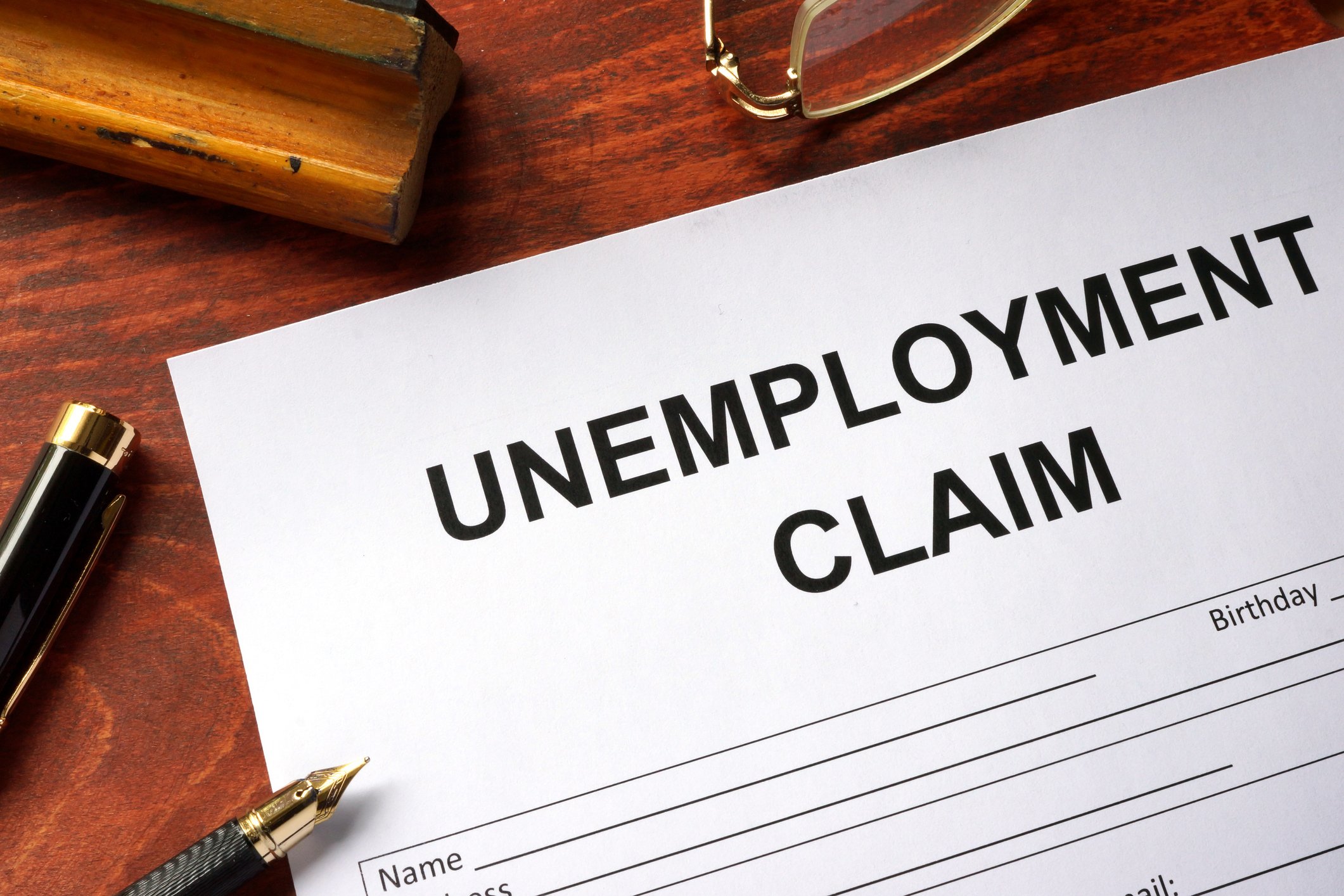Few things in life are more complicated than shopping for health insurance. Finding out what each policy covers involves reading lots of fine print, doing some math to decide if it makes sense to pay higher premiums for more comprehensive coverage, and finally selecting your plan.
It's not fun, but it's important to take the time to pick the right health insurance. If you don't approach this task with care, you could end up costing yourself a fortune or struggling to afford necessary healthcare. To help make sure you don't get stuck with the wrong policy, check out this list of common mistakes people make when buying health insurance. Avoiding these big errors will help you get the coverage you need.

Image source: Getty Images.
1. Focusing on premiums alone
Health insurance is undoubtedly expensive, and narrowing your attention in on the premium prices can give you sticker shock.
It's tempting to simply pick the cheapest policy, however the lowest premium cost doesn't necessarily translate into the lowest total cost of care. Policies with low premiums usually come with very high deductibles, copays, coinsurance costs, and out-of-pocket limits. This means you may have to pay a lot of money for care before your policy kicks in. And you may have to pay a fortune in copays and coinsurance costs every time you see a doctor.
Low premium plans come with a catch: high deductibles. But if the deductible is at least $1,350 for single coverage or $2,700 for a family, it's a high-deductible health plan (HDHP). Enrolling in an HDHP usually means you are eligible to save triple tax advantaged money in an Health Savings Account (HSA), which can offset your out-of-pocket healthcare expenses. Find out about these options when you're weighing the different plans available to you.
If you rarely require healthcare, and you only need one or two medications, buying a policy with lower premiums that provides less coverage can make sense -- but you're gambling on your health status not changing during the year. If you routinely see the doctor or you rely on costly pills, you may be far better off picking a more comprehensive policy.
Here's a scenario: You visit the doctor 12 times per year for $400 visits and take one $100 prescription per month. You have a choice between two health insurance policies:
- One with an $800 monthly premium, a $1,000 deductible and $10 copays for doctor visits and prescriptions
- A high-deductible health plan with $425 monthly premiums, a $7,500 deductible, and $20 copays for doctor visits and prescriptions
With the first policy, your annual premiums would add up to $9,600. You'd meet your deductible after paying out-of-pocket for your doctor visits and prescription for two months. After that, you'd have just your $20 copays to make for the next 10 months of the year while receiving as much care as you need. So, you'd pay $9,600 for premiums, $1,000 to cover care until you hit your deductible, and $20 per month for the remaining 10 months. Your total out-of-pocket costs would be $10,800.
On the second policy, you'd pay annual premiums of $5,100. But, with your $500 monthly doctor visits and prescription costs, you'd spent $6,000 per year on your care and never hit your deductible. You'd end up paying the $6,000 out-of-pocket plus $5,100 in premiums for a total cost of $11,100.
2. Failing to check the policy's provider network
Many insurance policies provide very limited coverage for out-of-network care. Many insurers also have higher out-of-pocket spending limits for policyholders seeing out-of-network doctors. So if you end up seeing a doctor who doesn't participate with your insurer, you could be on the hook for hundreds or even thousands of dollars more for the care you need.
If there's a particular doctor you want to stick with, always check to make sure they are in-network before buying a policy. If you don't have a specific doctor in mind, make sure the provider network isn't too narrow. If you're considering a policy that looks like a good deal but doesn't cover care at any hospital within 50 miles of where you live, it's probably not the best policy for you.
Insurers make provider networks available online, but you need to know the name of the specific policy you're considering buying, and sometimes these provider directories aren't perfectly up to date. If there's a doctor you absolutely need to see, call their office and give them the name of the insurance you're thinking about buying to see if they're a participating provider.
3. Not evaluating your family's needs
When buying health insurance, it's very important to consider your individual family's needs, as the right policy for one person may be the wrong one for someone else. And as your family situation changes, you may need to modify the coverage you have. If you're planning to have children soon or if someone in your household has been diagnosed with a chronic condition, you may need to upgrade to a policy with higher premiums for better coverage -- even if you've been doing all right in the past with a high-deductible health plan.
Each year, when open enrollment rolls around in the late fall, look at how much you and other covered family members spent on healthcare in the prior year -- and think ahead to lifestyle changes that are coming up. If you anticipate needing even more care in the future, look for a more comprehensive policy -- but if you've rarely been to the doctor and expect nothing to change, you may be able to downgrade to a cheaper plan with less coverage.
4. Foregoing subsidies that help cover premium costs
Obamacare makes premium subsidies available for families with incomes as high as 400% of the federal poverty level (check the numbers here). To be eligible for these subsidies, you need to purchase your policy on the Obamacare exchange. If you buy your policy directly from an insurer instead of signing up through Healthcare.gov or through your state's exchange, you could miss out on government assistance that makes coverage more affordable.
To avoid missing out on free money to help pay for insurance, always check the government's healthcare website before getting covered to see if your income level qualifies you for a subsidized policy.
5. Buying a policy you don't understand
Studies have shown 90% of Americans don't understand key facts about health insurance, such as how premiums, coinsurance costs, and out-of-pocket maximums work. If you don't understand these terms, it's hard to know what a particular policy will cover -- and how much your healthcare under the policy could cost you.
Before you buy any insurance policy, have a clear idea what you'll have to pay when seeing a regular doctor or a specialist, how much you could be charged for out-of-network care, and the maximum amount you could end up spending on covered care over the course of the year.
For help understanding the policy terms, insurance agents and Obamacare navigators are available to help you out at no cost. Healthcare.gov provides an online tool you can use to search for local assistance with health insurance, which you can use to find brokers and trained assisters who are required to provide unbiased advice.
Shop wisely for health and peace of mind
Avoiding these common mistakes is essential to ensure you and your loved ones get the medical care you need at a price you can afford. Taking the time to shop for the right health insurance coverage can pay big dividends in life when you get a policy that's the perfect fit for you and your family, with a good balance of premiums versus coverage.





